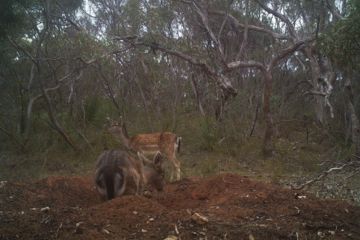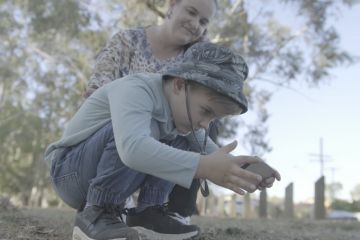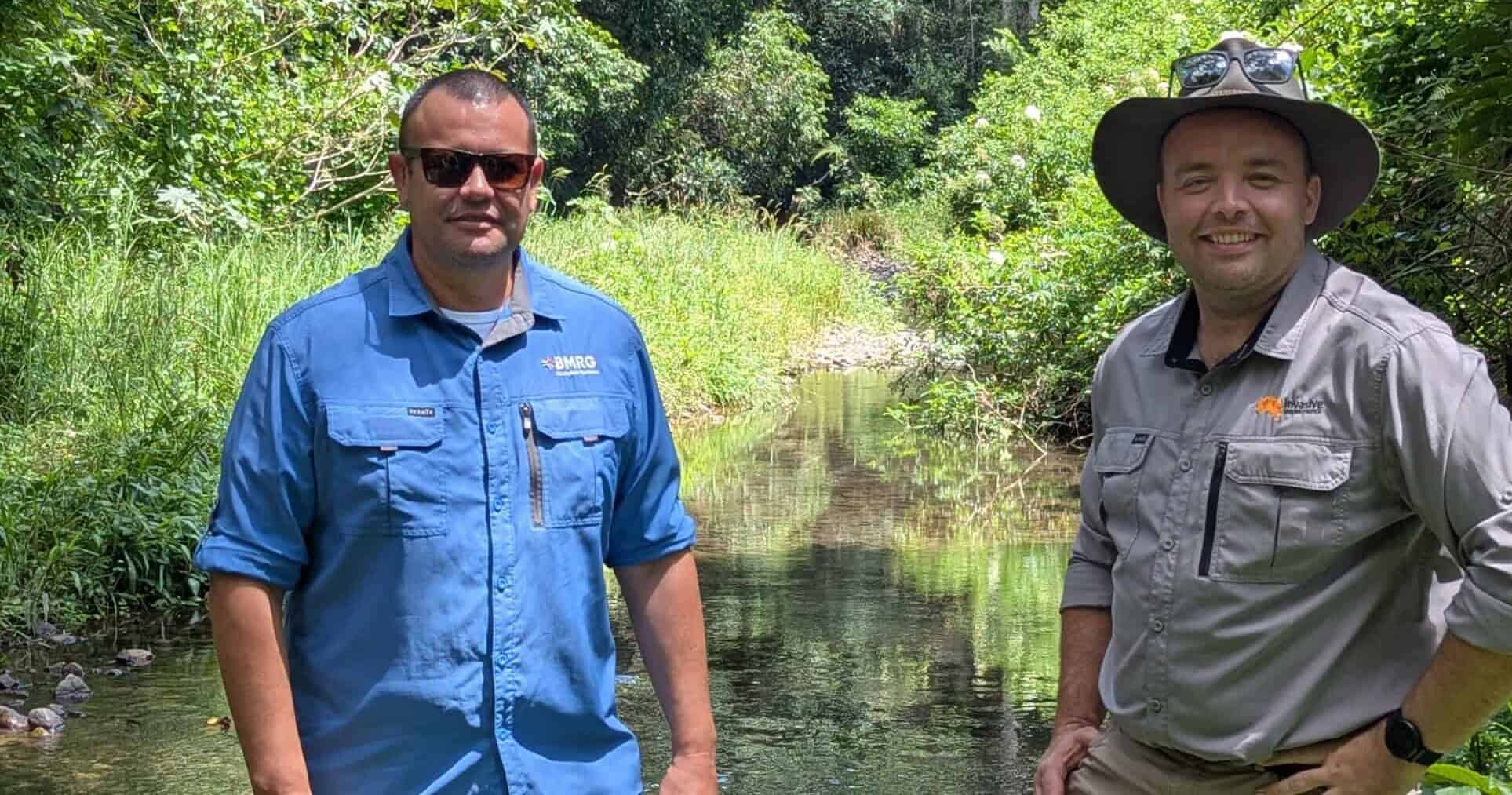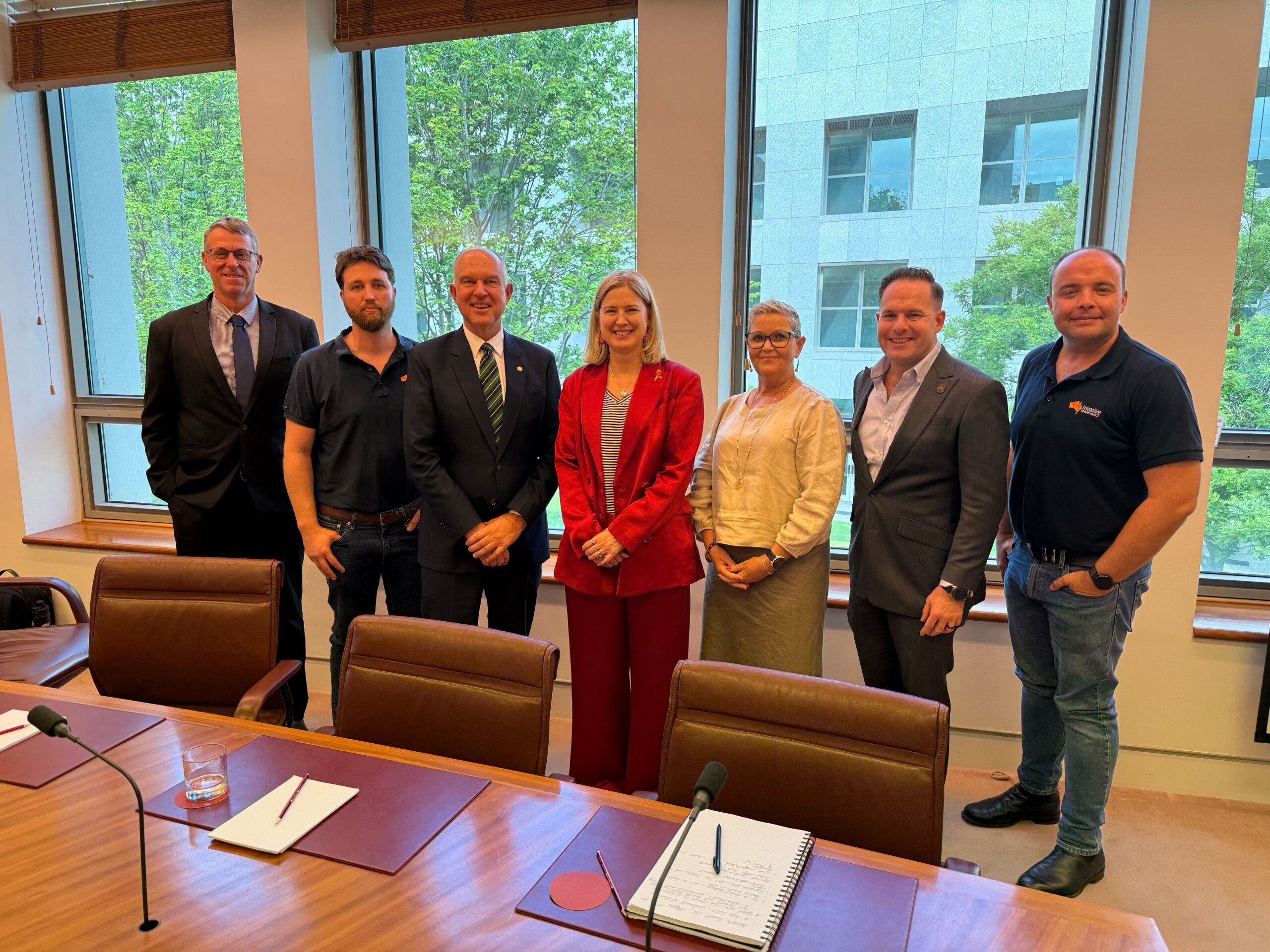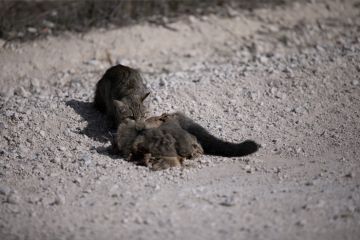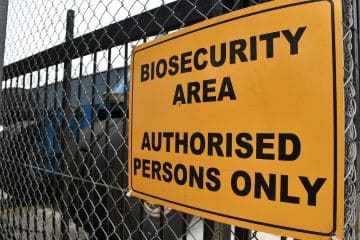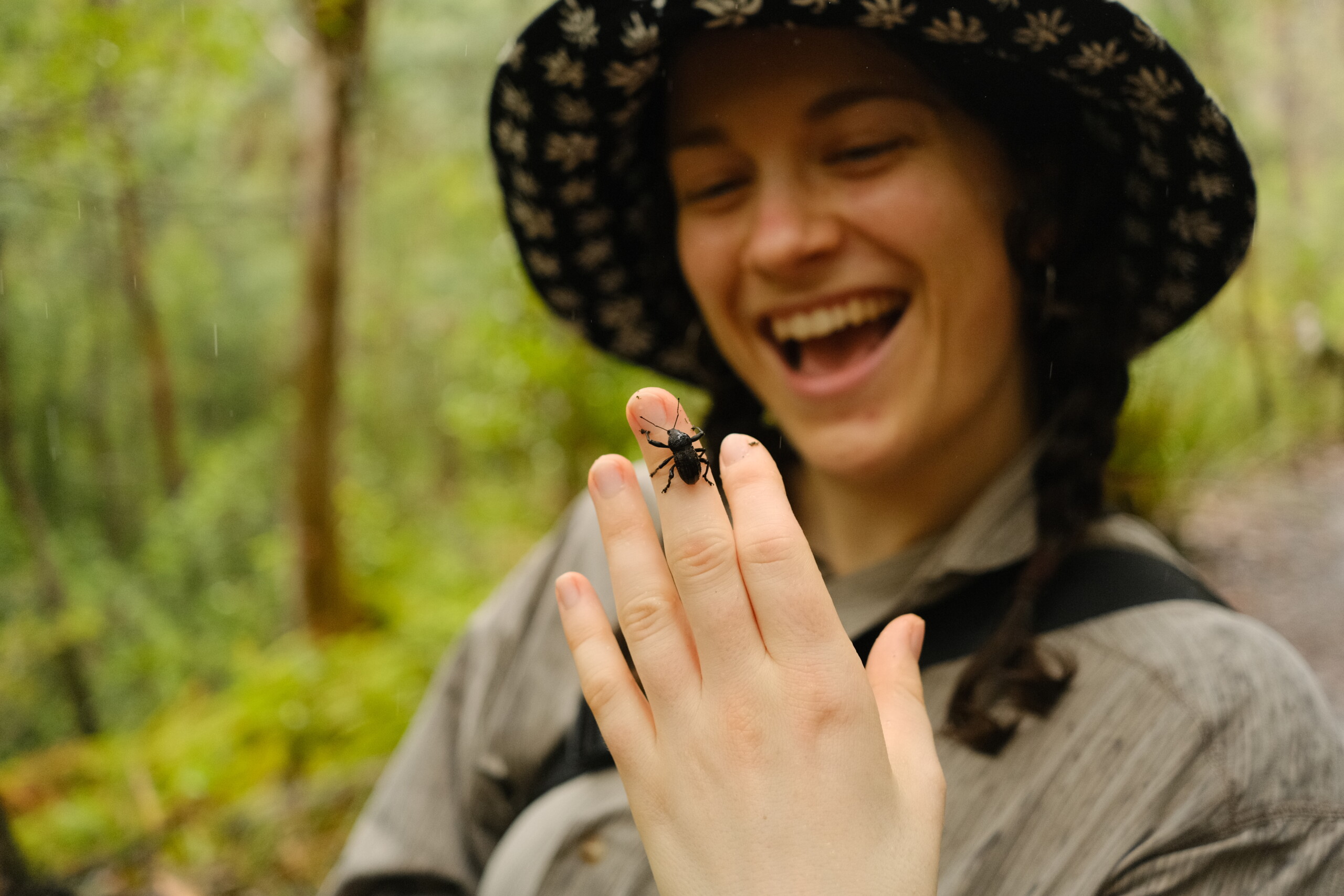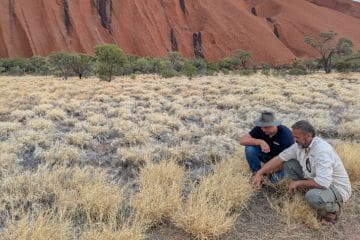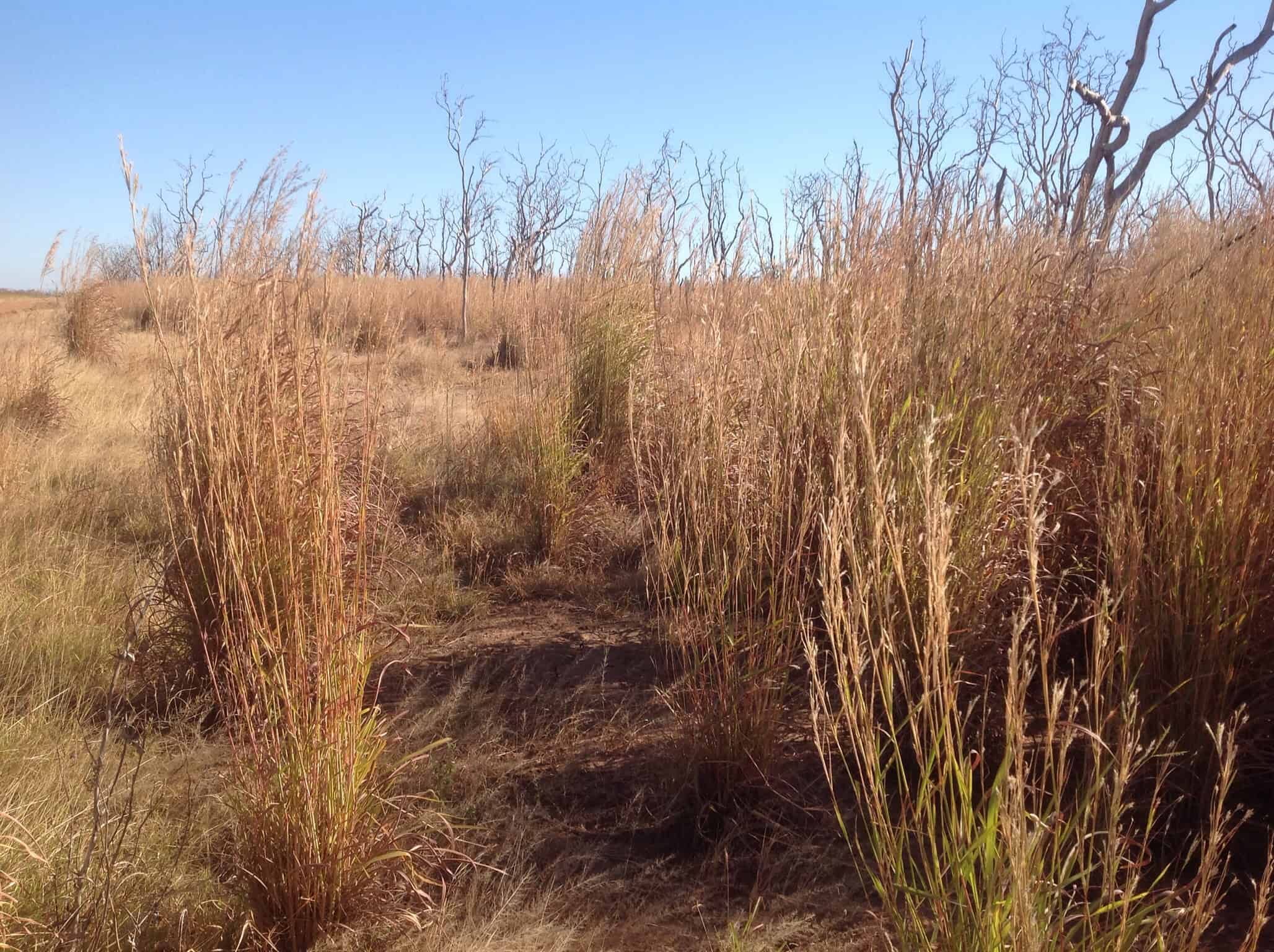
Mid-year budget: Key environmental recovery projects face ‘valley of death’
The Invasive Species Council and Australian Land Conservation Alliance are warning that a failure to commit to ongoing funding for the Saving Native Species program in today’s Mid-Year Economic and Fiscal Outlook has pushed Australia’s flagship environmental recovery efforts into a funding ‘valley of death’, leaving nationally significant projects exposed to a damaging and avoidable funding gap.






